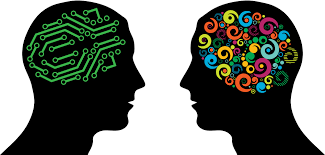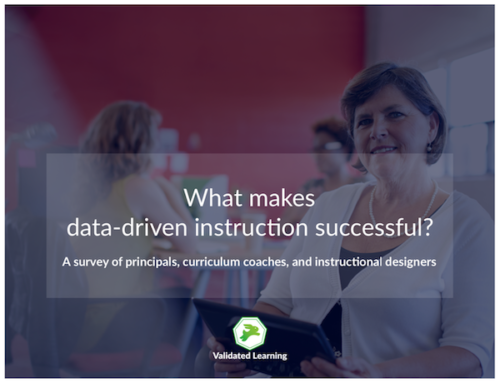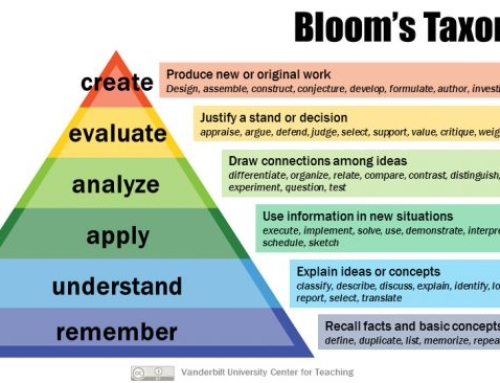Formative Assessment Tools and the Science of Teaching
There are two critical keys to exceptional teaching. The first, effective transmission of content and skills as measured by formative assessment (short and medium cycle) and summative assessment. This scientific approach to student mastery relies on rigorous measurement. It is the key to identifying what doesn’t work and improving on what does. It is this data that is required to get the gains promised by data-driven instruction. 
Education Technology’s Dirty Little Secret: Inequitable Access
Though technology like formative assessment tools, mastery tracking software, and V.R. are making an impact, there are still considerable gaps in access. One needs to look no further than the Quick Key Twitter feed to see what marvels are being created to help educators. Along with the marvels, one sees the lamentations of districts without the budget or infrastructure to utilize them.
Despite the challenges, districts, schools, and teachers are doing their best to keep up with the evolving with the times. They take to social media to learn from each other about best practices for 21st-century learning. They shepherd their students to resources, implement project based learning, provide maker spaces, instead of lecturing. Empowering 21st-century learners through the SAMR model to leverage the opportunities that new technology provides.
No Shortcuts
Irrespective of the innovative instructional practice, student progress toward mastery must still be measured as frequently as possible. And, measuring student progress based on their formative assessment data remains the biggest time-consuming stumbling block to implementing instructional best practices. This is because to be fully effective formative assessment questions and activities must be very well crafted. Then, the results must be analyzed in real time and used to give feedback and inform instruction. Sadly, for the 95% of the world that still relies on paper and pencil classrooms, this problem prevents the implementation of this research-based best practice.
The Art of Inspiration
The second is a part of teaching that no technology will ever be able to replace. It is the art of inspiration. It is impossible to teach in a training course, it can’t be gained from a new miracle method. Quite simply, the dedicated teacher develops this through trial and error. The veteran teachers can guide rookie teachers in finding their authentic way of inspiring students. It is intangible, it is special, it is magical.
It requires risk taking to try new ideas, and modeling a growth mindset when they do not work out as planned. And it requires a relentless commitment to continued instructional improvement.
It’s also why you remember the teacher that changed your life. It’s the actions great teachers take each day, resolving conflicts, helping students face a crisis, listening and being present, or correcting a student for not performing up to their potential. It can’t be measured in a new fangled evaluation rubric, and a high-stakes testing is its antithesis.
Through collaborating and learning from each other, and the wisdom shared in quiet hallways by veteran teachers, the art of inspiration is kept vibrant.
Marrying the Science of Teaching to the Art of Inspiration
How can educators bring these two aspects together? Quick Key is a simple formative assessment tool that can help with collecting, tracking and analyzing formative data without adding to teacher workload. Its use in over 50 countries validates its usefulness for making real-time data accessible in any country or classroom on any budget.
Leveraging the art of inspiration requires everyone from thought leaders to first-year teachers to be cognizant of the fact that teaching is as much about relationships as it is about data. Educators must take the initiative to learn from those with experience, and apply these softer skills to their daily practice.
Lastly, the data generated from frequent formative assessment, and measured with accessible and affordable formative assessment tools supports experimentation with innovated teaching practices. By combining data measurement with creative instructional practice, we get healthy and innovative classroom cultures, anchored in the rigorous measurement of student progress.
 About the Author. Walter Duncan is a 15-year veteran K-12 teacher. His experience has taught him that the most powerful data comes from daily assessment for learning. Research has proven that using it for meaningful feedback, student goal setting, and to inform instruction increases student performance. He created Quick Key, making the process sustainable in any classroom, paper or paperless. Learn more at validatedlearning.co, or sign up for free with the button below.
About the Author. Walter Duncan is a 15-year veteran K-12 teacher. His experience has taught him that the most powerful data comes from daily assessment for learning. Research has proven that using it for meaningful feedback, student goal setting, and to inform instruction increases student performance. He created Quick Key, making the process sustainable in any classroom, paper or paperless. Learn more at validatedlearning.co, or sign up for free with the button below.






